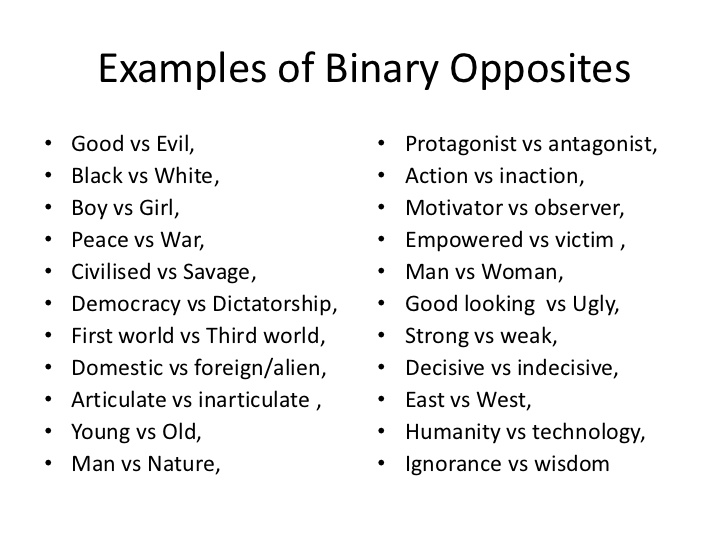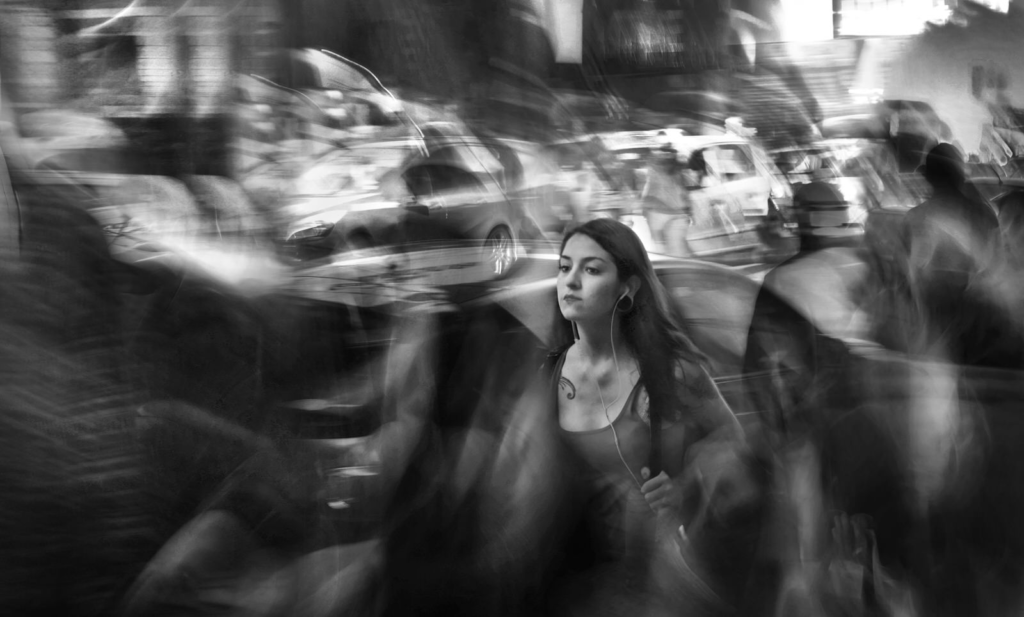What Are Binary Opposites?
Binary opposites refer to pairs of elements that are fundamentally different but are often understood in relation to each other. In photography, these opposites can be visual contrasts between light and dark, rough and smooth, or natural and man-made, among many others. The key is that these opposites complement each other, creating a richer visual story when combined.
Binary opposites can be seen as a reflection of the dualities that exist in life. They bring balance, challenge perceptions, and invite us to see the world in new ways.

Types of Binary Opposites in Photography
Let’s break down some of the most common binary opposites in photography, and explore how you can capture these contrasts:
Light vs. Dark
- Light and dark are perhaps the most obvious binary opposites, often explored through high-contrast imagery. Shadows can add mystery and depth, while light can reveal detail and clarity.
Example: A portrait with dramatic lighting, where the subject’s face is partially illuminated, and the rest fades into shadows, speaks volumes about the contrast between what is known and unknown.

Nature vs. Man-made
- The contrast between natural elements (such as trees, mountains, and water) and human-made structures (like buildings, bridges, and roads) is another striking binary opposite. This contrast highlights humanity’s relationship with the environment and the effects of urbanization.
Example: A city skyline with a natural landscape in the foreground, showing how nature and civilization co-exist or clash.

Old vs. New
- The juxtaposition of old and new can tell a story about time, history, and change. It could involve architectural styles (modern glass buildings next to old stone houses) or the passage of time in everyday life (a young person using new technology near older objects).
Stillness vs. Movement
- Capturing stillness versus movement can create tension in an image. While stillness can evoke calm and serenity, movement brings dynamism and energy.
Example: A long exposure shot of a busy street with cars and people in motion, contrasted with a quiet, stationary object, such as a statue or a bench in the foreground.

Order vs. Chaos
- This binary opposite plays on visual and conceptual contrast. A picture that represents order could feature symmetry and clean lines, while chaos could be portrayed through randomness or cluttered elements.
Example: A perfectly organized, minimalist scene juxtaposed with a chaotic street market or a stormy sky.

Hot vs. Cold
- Color temperature is often used to evoke opposite emotions. Warm colors like red and orange can create feelings of warmth and comfort, while cool colors like blue and green evoke calmness or even sadness.
Example: A sunset with fiery reds and oranges on one side of the frame, and the cool blues of the ocean on the other side.

